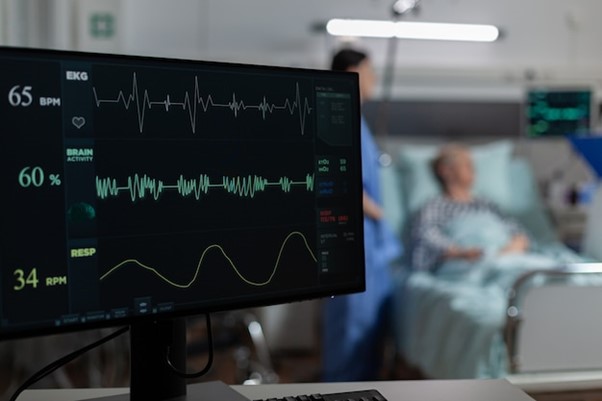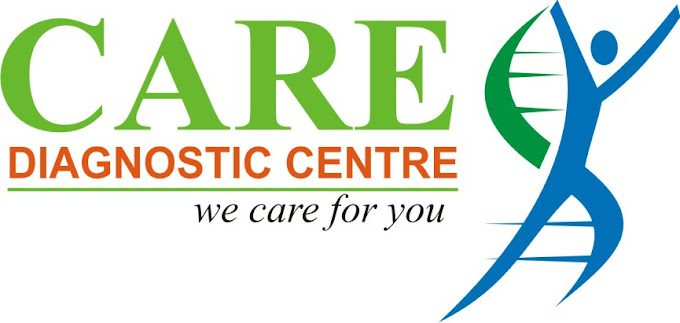ECG

An electrocardiogram (ECG or EKG) is a diagnostic tool used to evaluate the electrical activity of the heart. By recording the timing and strength of electrical signals as they travel through the heart, an ECG provides crucial information about heart health and function, helping to diagnose various cardiac conditions.
How ECG Works
An ECG involves placing electrodes on the skin at specific locations: the chest, arms, and legs. These electrodes detect the electrical impulses generated by the heart as it beats. The impulses are recorded and displayed as waveforms on a monitor or printed on paper. The standard ECG consists of 12 leads, each providing a different view of the heart’s electrical activity, offering a comprehensive assessment of its function.
Clinical Applications
Diagnosing Heart Conditions
ECG is instrumental in diagnosing a range of heart conditions. It can detect arrhythmias, such as atrial fibrillation or ventricular tachycardia, which are abnormal heart rhythms that can lead to serious complications if untreated. It also identifies ischemic heart disease, where reduced blood flow to the heart muscle can cause angina or myocardial infarction (heart attack). Additionally, ECG can reveal structural abnormalities like hypertrophy (thickening of the heart walls) and conduction defects such as bundle branch blocks.
Monitoring Heart Health
ECGs are used to monitor heart health in patients with existing heart conditions or those at high risk of developing heart disease. Regular ECGs can track changes over time, helping to manage conditions like chronic heart failure or monitor the effects of treatments and medications.
Advantages of ECG
Non-Invasive and Quick
The ECG is a non-invasive, painless procedure that can be completed in a matter of minutes. It requires no special preparation and can be performed in various settings, including hospitals, clinics, and even ambulances, making it a versatile tool in both emergency and routine care.
Immediate Results
ECG provides immediate results, allowing for quick diagnosis and treatment decisions. This is particularly valuable in emergency situations, such as suspected heart attacks, where rapid assessment and intervention are crucial.
Limitations
Despite its many advantages, the ECG has some limitations. It only provides a snapshot of the heart’s electrical activity at the time of the test, which means intermittent issues might not be detected. Further, while an ECG can suggest the presence of certain heart conditions, additional tests such as echocardiography, stress tests, or cardiac MRI may be needed for a definitive diagnosis and comprehensive assessment.
Integration with Other Diagnostic Tools
ECG is often used alongside other diagnostic tools to provide a fuller picture of heart health. For instance, in conjunction with echocardiograms, which visualize heart structures and function, or Holter monitors, which record heart activity over 24-48 hours, ECGs enhance the overall diagnostic accuracy and patient care.

